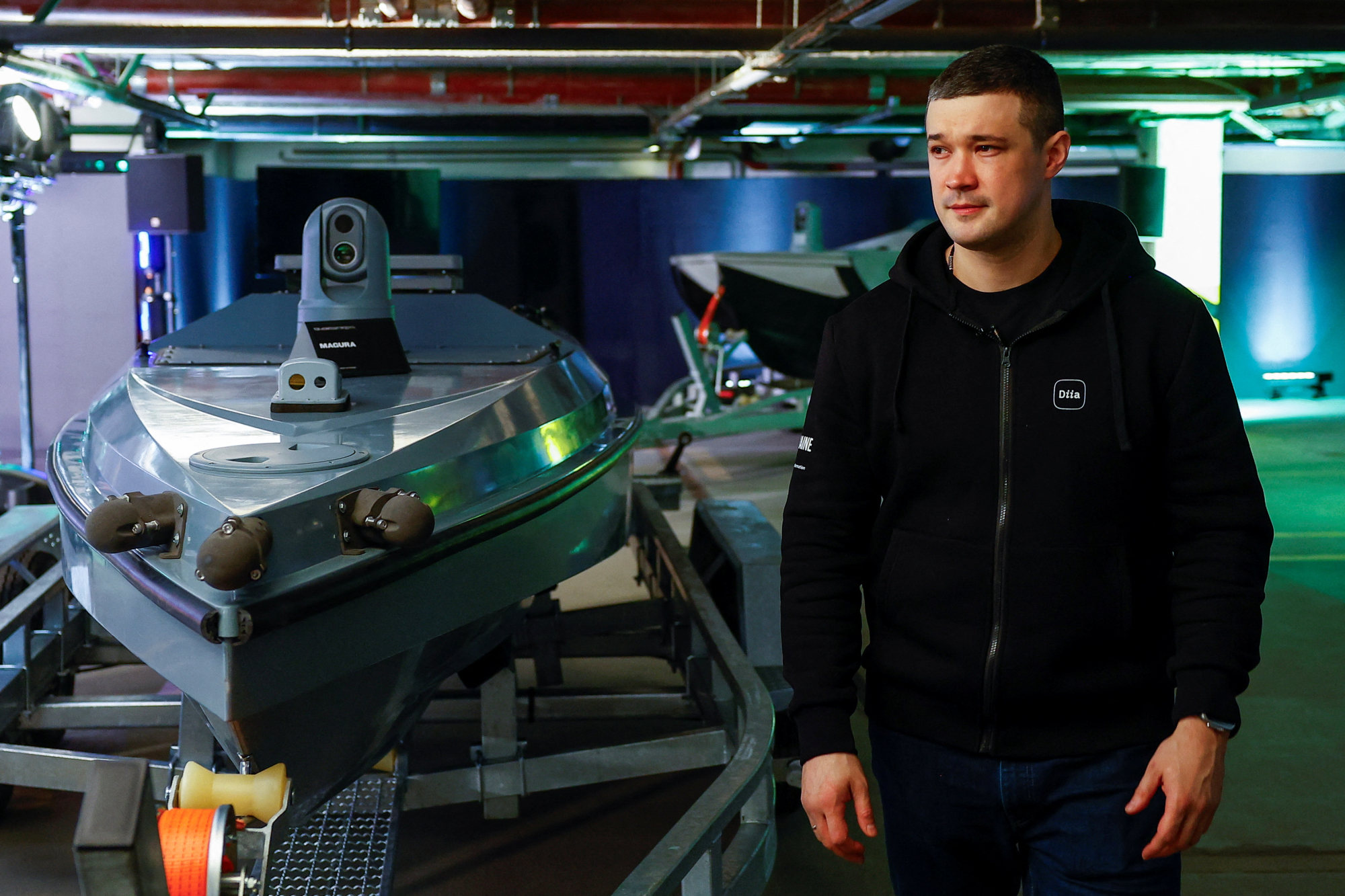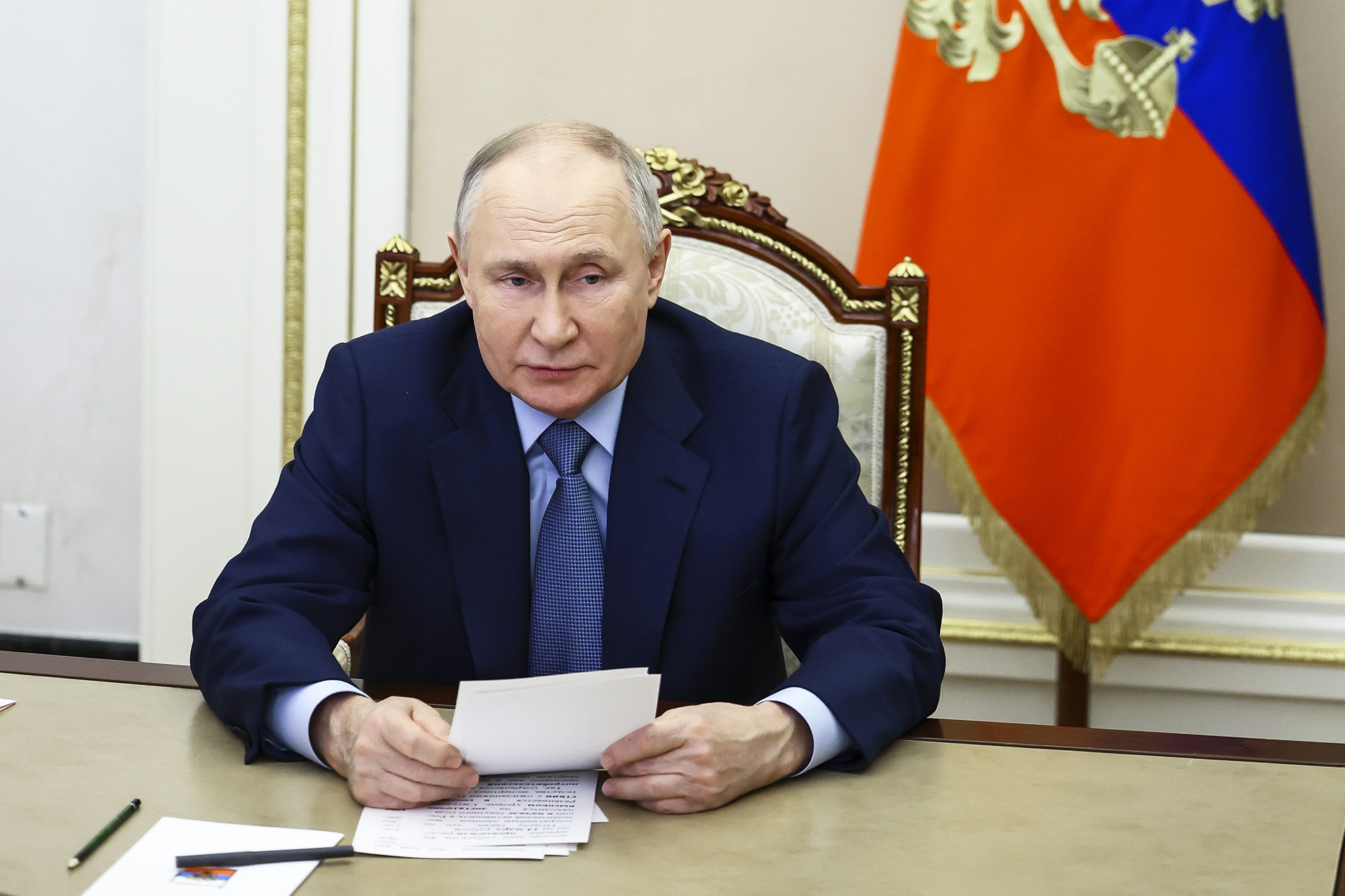Fedorov also spoke to news agency Reuters last week, where he offered more details about Ukraine’s drone production capacity. He said Ukraine ramped up its drone production and delivery significantly in 2023, per the news agency.

The government’s BRAVE1 initiative awarded US$2.5 million in grants to military IT businesses last year, Fedorov said, with the sum expected to increase about tenfold in 2024, Reuters reported.
“We will fight to increase the financing even more,” Fedorov told the news agency.
Fedorov went as far as saying that Kyiv had reached a “certain kind of parity” with Moscow in the development of long-range drones.
This matters because Ukraine has been trying to ramp up its domestic production of drones to make up for a drop in Western aid and to fight off Russian forces.
Ukraine has used drones to attack Russia’s oil and gas industry, blow up armoured columns and damage Russia’s Black Sea Fleet.
It has also innovated by producing new drones with different sets of capabilities: the reconnaissance “Ironclad” drone, the jamming-resistant Backfire drone, a sea drone, and the Ratel S ground drone, among others.
Russia launches 45 drones as Ukraine changes more military leaders
Russia launches 45 drones as Ukraine changes more military leaders
Russia has also expanded its domestic production and arsenal of drones, including one similar to Iran’s Shahed drones.
Russia continues to have a significant advantage when it comes to drones over Ukraine, with one Ukrainian commander saying that for every Ukrainian drone, Russia has between five and seven.
Ukraine and Russia are flying so many drones in the skies that a Ukrainian drone operator said that “nobody knows how to advance”.
At the same time, Ukraine’s cheap drones have become increasingly vulnerable to Russia’s improved jamming and spoofing equipment, forcing it to keep on innovating.
To do so, Fedorov said Ukraine needs to break away from the “anti-bureaucratic way” so the military can achieve a “breakthrough in the war of technology”, Reuters reported.
“We are going to continue to put our bets on this, to work in this direction because technology can really save us,” he said.
Russian drones kill 7, including children and baby, in petrol station fire
Russian drones kill 7, including children and baby, in petrol station fire
Meanwhile, a preliminary analysis has concluded that Russia hit Kyiv last week with the hypersonic Zircon missile, its first use in the nearly two-year-old war, the head of a Kyiv research institute said on Monday, presenting a new challenge to Ukraine’s air defences.
Oleksandr Ruvin, director of the Kyiv Scientific-Research Institute for Forensic Examinations, said on his Telegram channel that his institute completed a preliminary analysis of missile fragments from a Russian attack on February 7.
He included a video of alleged missile wreckage showing specific markings. “In this case, we see elements that are characteristic of the 3M22 Zircon missile. Parts and fragments of the engine and steering mechanisms have specific markings,” he wrote.
The Russian defence ministry did not immediately reply to a request for comment.
The Zircon has a range of 1,000 km (625 miles) and travels at nine times the speed of sound, according to Russia. Military analysts have said its hypersonic speed could mean greatly reduced reaction time for air defences and a capability to attack large, deep and hardened targets.

Russia previously said it completed testing of the Zircon missile in June 2022, and Russian President Vladimir Putin has described the Zircon as part of a new generation of unrivalled arms systems.
If its use in Ukraine is confirmed, the weapon could pose an additional challenge for the embattled country’s air defences, amid uncertainty over future Western military aid.
Russia conducts regular air strikes on Ukraine using an array of different long-range missiles and drones. The Zircon was initially designed as a sea-launched weapon and a ground-launched version was developed later.
Ruvin’s statement did not say whether the weapon had been fired from land or from sea. The markings recovered from the wreckage indicated the weapon had been assembled recently, he said.
The February 7 attack killed at least five people and damaged residential buildings and energy infrastructure, officials said.
Additional reporting by Reuters

